Construction Sector Dominates Economic Activity in Kenya's Drylands, KIPPRA Report Reveals
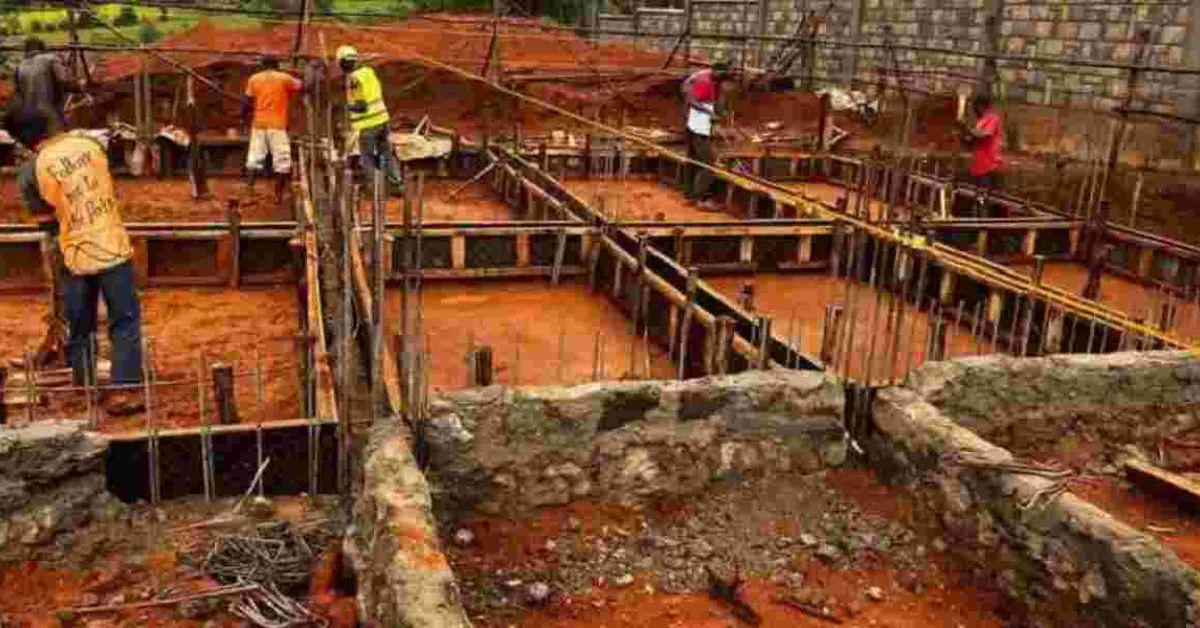
The Kenya Institute for Public Policy Research and Analysis (KIPPRA) has revealed that the construction sector has emerged as the most vibrant sub-sector in Kenya's arid and semi-arid counties.
This growth can be attributed to rapid urbanization and increased development allocations by devolved units. Historically, these regions have favoured pastoralism due to residents' nomadic lifestyles. However, the Kenya Economic Report (KER) indicates that construction now leads in offering employment opportunities. The report's analysis of counties' Gross Value Added (GVA) shows that construction accounts for 54.65% of the GVA in arid counties. Other industry sub-sectors in arid counties include mining and quarrying (6.92% GVA share), electricity supply (11.44%), manufacturing (19.35%), and water supply (7.65%).
In semi-arid and non-ASAL (arid and semi-arid land) areas, the contribution of construction to GVA is lower, ranging from 17.33% to 35.32% in semi-arid regions and peaking at 41.59% in non-ASAL areas. In these regions, manufacturing takes the largest share of counties' GVA, reaching up to 52.39% in semi-arid areas and 56.77% in non-ASAL areas. KIPPRA defines the construction sector as encompassing activities related to building houses, factories, offices, and schools, as well as physical infrastructure such as roads, bridges, ports, railroads, sewers, and tunnels, including maintenance and repair of these structures.
The think tank emphasizes the significant role of devolution in infrastructural developments in ASAL areas, with counties allocating substantial resources to roads and the construction of county headquarters. The development budget in arid counties has grown to 62.77% between 2013 and 2022, compared to 56.78% in non-ASAL and 56.87% in semi-arid counties. Despite being largely pastoral communities, the report underscores the potential for growth in the manufacturing sector by investing in livestock product value chains. KIPPRA notes that arid counties can grow their manufacturing sector by investing in the livestock product value chain, which could offer job opportunities as they are more labour-intensive and serve as an entry point for livelihood diversification in the face of climate change.
While the construction sub-sector dominates GVA and leads in providing employment in arid areas, the report indicates that employment in the industry sector is generally low compared to other broad categories, mainly concentrated in construction and manufacturing. KIPPRA notes the construction sector's volatility, with employment subject to significant fluctuations and seasonal patterns. The disaggregated analysis of the industry's broad sector reveals a decline in the manufacturing sector's GVA share from 2013 to 2022, while the construction sector's share increased across all county categories.
KIPPRA attributes the higher growth rates in the construction sector to significant investments in infrastructural enhancements and the affordable housing agenda.


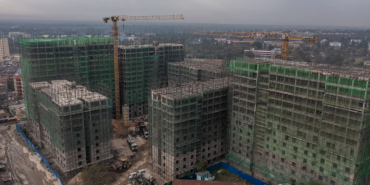

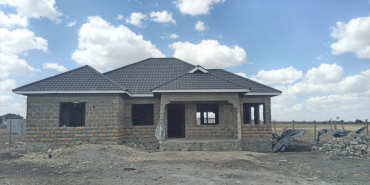
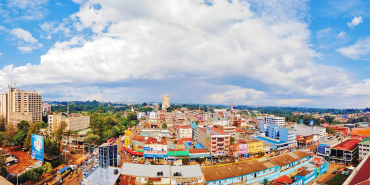
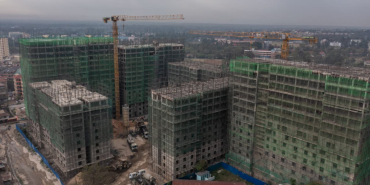
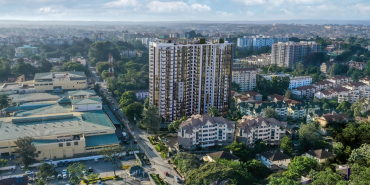






Add new comment